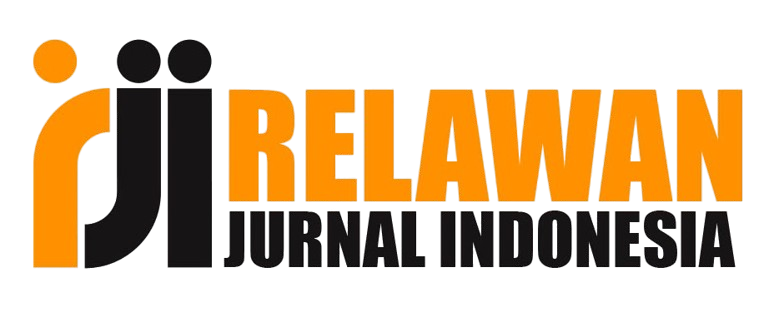Analysis of EOQ (Economic Order Quantity) as a Basis for Controlling Multi Item Raw Materials at Laatunsa Bakery Tasikmalaya
DOI:
https://doi.org/10.52250/bmr.v11i2.514Keywords:
EOQ, Inventory control, Inventory costAbstract
The goals of this study were to analyze the most cost-effective requirements for the primary raw materials based on the requirements of Laatunsa Bakery for the 2020–2021 period, due to the excessive frequency of raw material acquisitions, the inventory procedure results in a high cost expenditure; to examine the total cost of the primary raw material inventory that must be paid by Laatunsa Bakery for the 2020–2021 period, to analyse the frequency of purchases that are necessary; to analyze the quantity of safety stock (safety stock); to analyze the timing of reordering (reorder point), and to analyze the Laatunsa Bakery's primary raw material inventory control utilizing the EOQ method. Data gathering was place between November 2021 and February 2022. All information pertaining to the acquisition of the primary raw material inventory required for production, as well as the associated expenses of raw material inventory was utilized. This study adopted Economic Order Quantity as the analytical technique approach.
The study's findings utilizing the EOQ approach revealed that the inventory of raw wheat cost Rp. 585,581.45, a savings of Rp. 2,613,934.94. Additionally, saving Rp 2,559,472.21 on sugar raw materials costing Rp 585,582.23 is possible. Additionally, the cost of the raw ingredient for butter is Rp. 585,582.23, saving Rp. 2,559,472.21. Additionally, the cost of the raw material for eggs is Rp 952,399.69, saving Rp 3,355,584.19. Additionally, the developer can save IDR 1,132,400.99 on the IDR 590,582.81 in raw materials.When compared to conventional method, the EOQ method can reduce inventory costs and optimize the need for raw materials. The EOQ approach is utilized using Microsoft Excel for the calculation.














